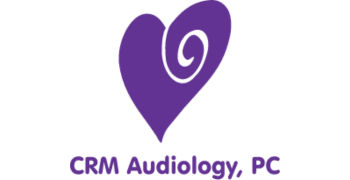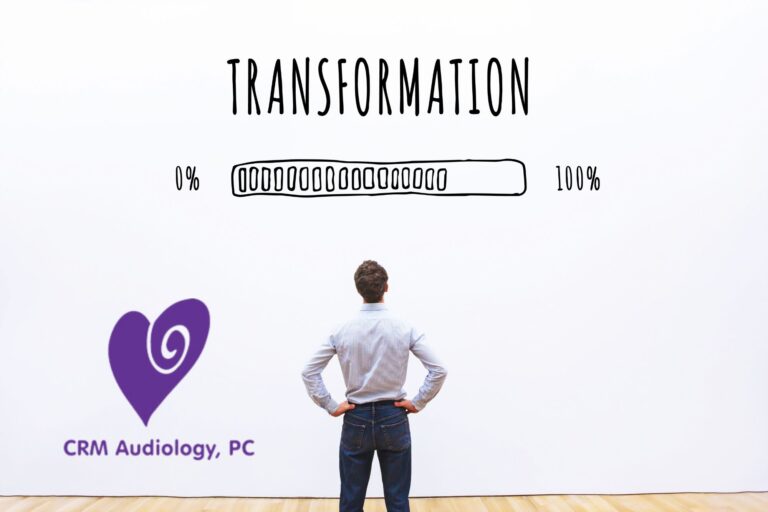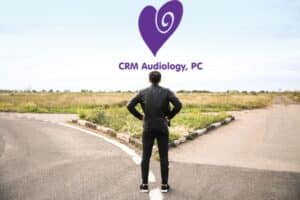Welcome to the fascinating world of hearing technology where analog and digital hearing aids are the key players. With analog aids, the signal is amplified and delivered to your ear, while digital aids convert the sound wave into digital signals, allowing for better optimization of sound quality.
History of Analog Hearing Aids
Analog hearing aids were first in line creating an audiological revolution. This technology, which simply amplified all sounds uniformly, was the ‘hearing loss solution’ that dominated the market originally. However, the advent of digital technology brought about the ‘evolution of hearing aids.’
Evolution to Digital Hearing Aids
As technology advanced, so did the analog vs digital hearing aids scenario. Gracing the hearing aid market in the late 1980s, digital technology allowed for a more personalized hearing experience. Built with intricate algorithms, these devices adjust to different sound environments, enhancing clarity and comfort for the listener.
Features of Digital Hearing Aids
Digital hearing aids come embedded with several key features. They provide the ultimate ‘hearing loss solution’ with crystal clear sound, advanced noise filtering, and high programmability. Data stored in the hearing aid can be accessed by audiology professionals to further tailor the device to the user’s requirements. Whether you suffer from mild or severe hearing loss, these aids are equipped to support diverse audiological needs.
The Evidence: Data supporting the superiority of digital over analog
While audiology experts endorse the benefits of digital technology, the users of digital hearing aids have voiced their satisfaction as well. According to a study by MarkeTrak VIII, digital hearing aid users expressed greater satisfaction compared to their analog counterparts, particularly praising the improved sound quality.
Understanding the crucial differences between analog and digital hearing aids can indeed transform your hearing care. Upgrading to a digital aid not only optimizes your auditory experience but can also cater better to your individual hearing requirements.
If you are still using an analog hearing aid or you’re about to embark on your hearing aid journey, it may be time to consider going digital. We encourage you to set an appointment at CRM Audiology to have your hearing assessed and discuss how a digital hearing aid might enhance your hearing experience. Looking forward to ‘hear’ from you soon!



